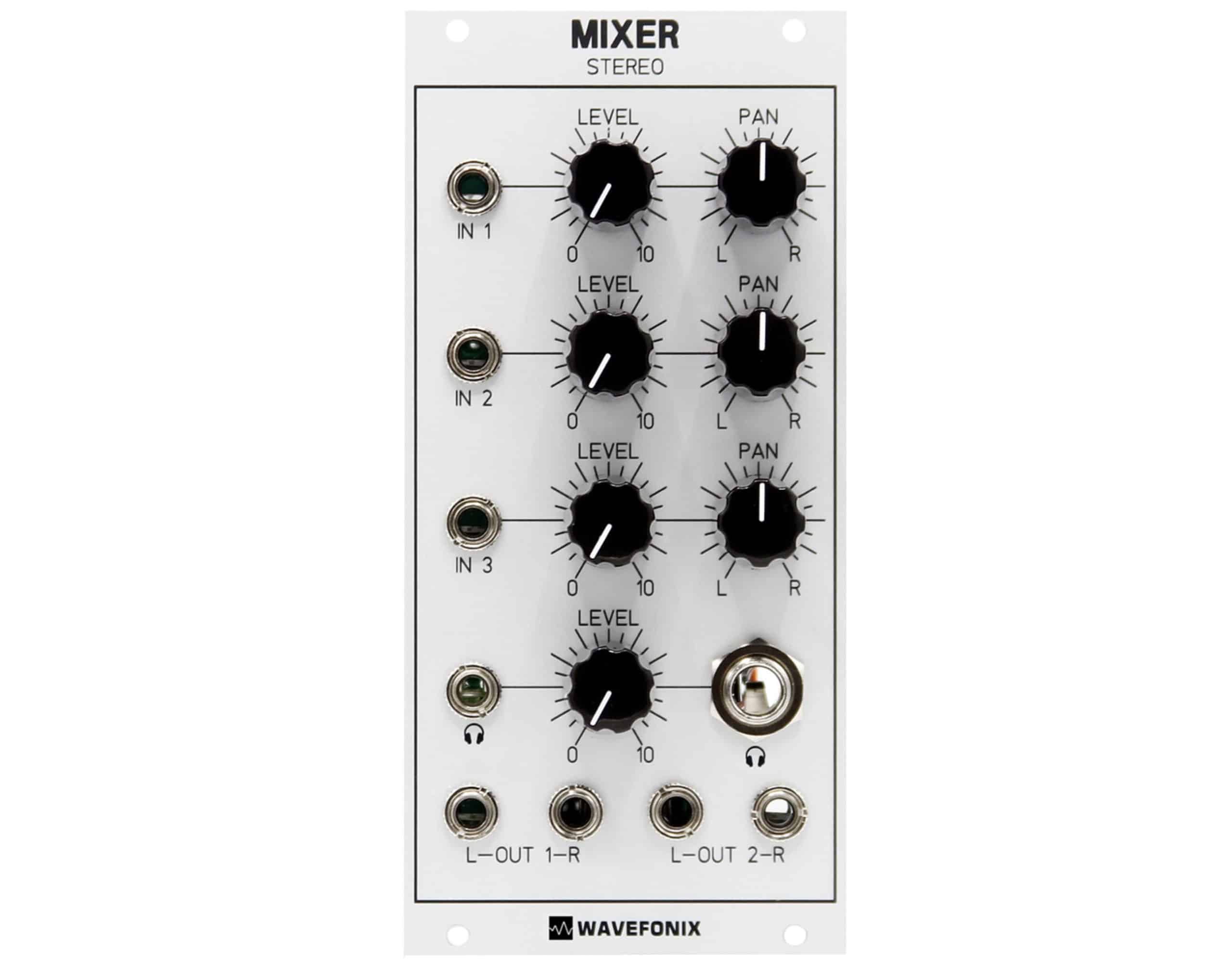Zzzorb by Alright Devices – A Four-pole Multimode Filter Plus A Linear VCA
Zzzorb’s filter core comprises a cascade of four VCA-based integrators with a feedback path for resonance control.
Zzzorb’s built-in VCA is a handy way to apply a volume envelope or tremolo to your filtered signal. You can even use it as feedback or self-modulation control bypassing one of the filter outputs through it. Zzzorb provides CV inputs and attenuverters for controlling the VCA level, filter resonance, and filter frequency. Additionally, it has a filter pitch CV input with a unipolar attenuator. When the attenuator is turned fully clockwise, the filter frequency tracks the pitch CV input at one volt per octave.

Alright Devices released Zzzorb’s filter core comprises a cascade of four VCA-based integrators with a feedback path for resonance control. The integrators are mixed together in different combinations to provide five simultaneous filter outputs:
– Highpass
– Bandpass
– Notch
– Two-pole lowpass
– Four-pole lowpass











